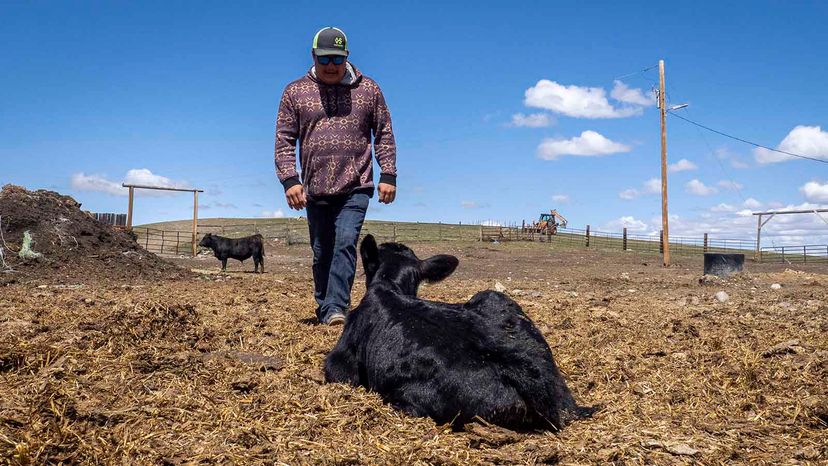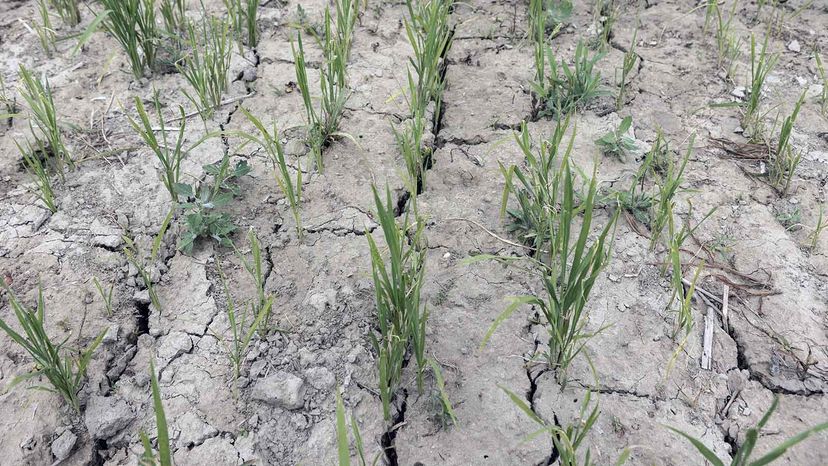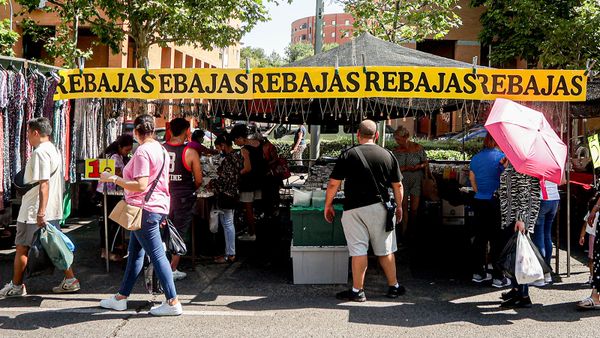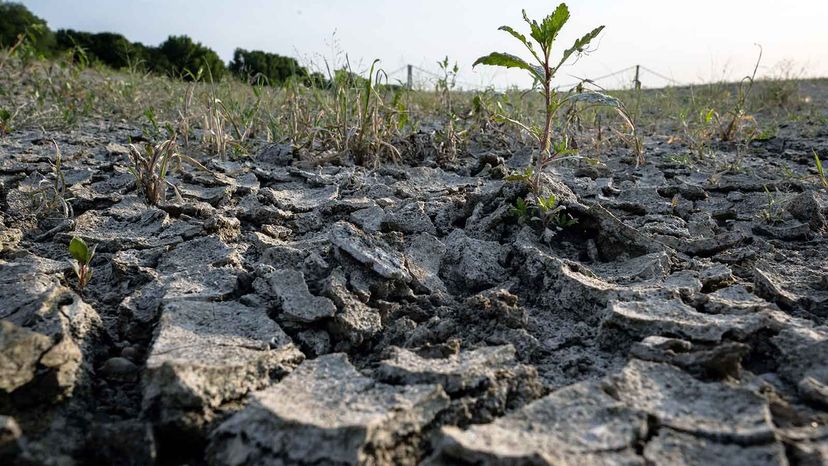
Vicious heat waves are sweeping parts of the globe, along with the dangers that come with blazing-hot temperatures: wildfires, dehydration and even death. The hot weather could also push prices up for food, making inflation even worse.
Western Europe has been facing sweltering temperatures; the thermostat hit triple digits more than 20 times in Seville in southern Spain in July. More than 20 wildfires were also burning in Spain and Portugal, and persistent drought has left rivers and reservoirs running so low that they're exposing ancient artifacts.
Advertisement
In Italy, the hot and dry conditions are expected to destroy a third of the seasonal harvest of rice, corn and animal fodder — at a minimum. Locusts descended on the island of Sardinia in the worst invasion in three decades, hurting the production of hay and alfalfa. The European Commission recently downgraded its soft-wheat harvest estimates from 130 million tons to 125 million tons (118 metric tons to 113 metric tons) — more bad news amid a food shortage precipitated by Russia's blockade on exports from Ukraine. (Russia and Ukraine are among the world's biggest exporters of grain.)
Across the world in China, a record-breaking heat wave is causing major problems. Roofs are melting, residents are relocating to public cooling zones in underground air-raid shelters and health workers are strapping frozen food to their too-hot hazmat suits. The Central Meteorological Observatory in Tokyo has warned that the heat could further hurt the production of corn and soy, worsening inflation. These crops are used to feed pigs, and early-season failures have already sent the price of pork, China's staple meat, soaring.
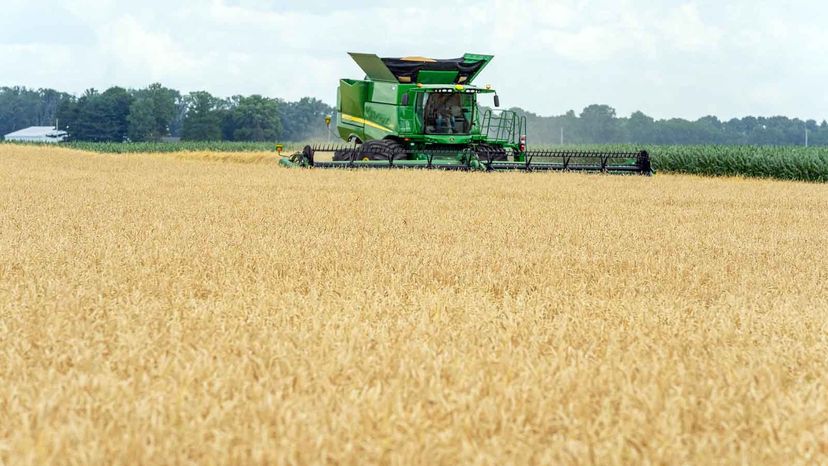
Advertisement
